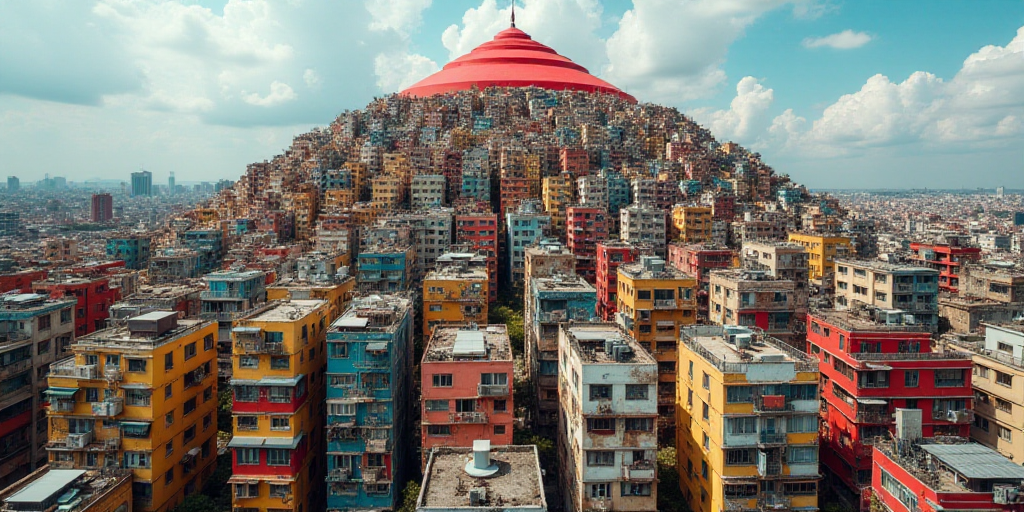Global Context and Mexican Relevance
Discussing “city” and “housing” in Mexico also involves considering those who are often overlooked: children, girls, and teenagers. According to UNICEF, a “child-friendly city” is one suitable for all people, but the reality falls far short of this ideal.
In 2023, UNICEF warned that globally, over 30% of the population is under 18 years old, with 650 million being under 5. Nearly half of these children live in informal settlements, lacking adequate access to basic services and dignified housing conditions.
The Situation in Mexico City
Nashieli Ramírez Hernández, president of the Human Rights Commission of Mexico City (CDHCM), states that in the capital alone, children represent 25% of the population, with the figure potentially being higher when considering daily commuters.
The issue lies in the fact that this population is rarely consulted about their living conditions or expectations. Factors such as adultism and adultocentrism prevail, where decisions are made without considering their needs.
Invisibility in Urban Planning
According to Ramírez Hernández, the right to the city for children and adolescents must go beyond a slogan. It involves ensuring quality public space, proximity to basic services, and security for growth.
“The right to the city for this population group relates to public space and recognizing that they are a priority. Today’s planning is for what these generations will enjoy, or not, in cities in the future,” she added.
Push for More Friendly Cities
Amidst this context, proposals emerge to transform the reality from the ground up. One such proposal is Urban95 Academy, an international program that will reach Latin America and the Caribbean through collaboration between the Center for the Future of Cities (CFC) at Tecnológico de Monterrey and Fundación FEMSA.
Urban95 Academy, created by the London School of Economics and Political Science (LSE) and Fundación Van Leer, aims to provide tools for public officials to design cities centered on the first five years of life and their caregivers.
Nélida Escobedo, a research professor in Social and Environmental Urbanism at the CFC, explained that this program is the result of over five years of work. The scheme seeks not only to generate knowledge but also offer tools for decision-makers.
“The goal is to think holistically about the city: not just streets, parks, and plazas, but also proximity services like health centers, schools, and markets that strengthen the social fabric in neighborhoods,” Escobedo emphasized.
Key Questions and Answers
- What is the main issue? The challenge lies in ensuring that urban planning considers the needs and voices of children, girls, and teenagers, who are often overlooked.
- Why is this relevant in Mexico? In Mexico City, children make up 25% of the population, and their living conditions are a critical concern.
- What is Urban95 Academy? An international program aiming to equip public officials with tools to design cities centered on the first five years of life and their caregivers.
- What does holistic city planning entail? It involves considering not just physical spaces like streets and parks but also essential services such as health centers, schools, and markets to foster a strong social fabric in neighborhoods.






